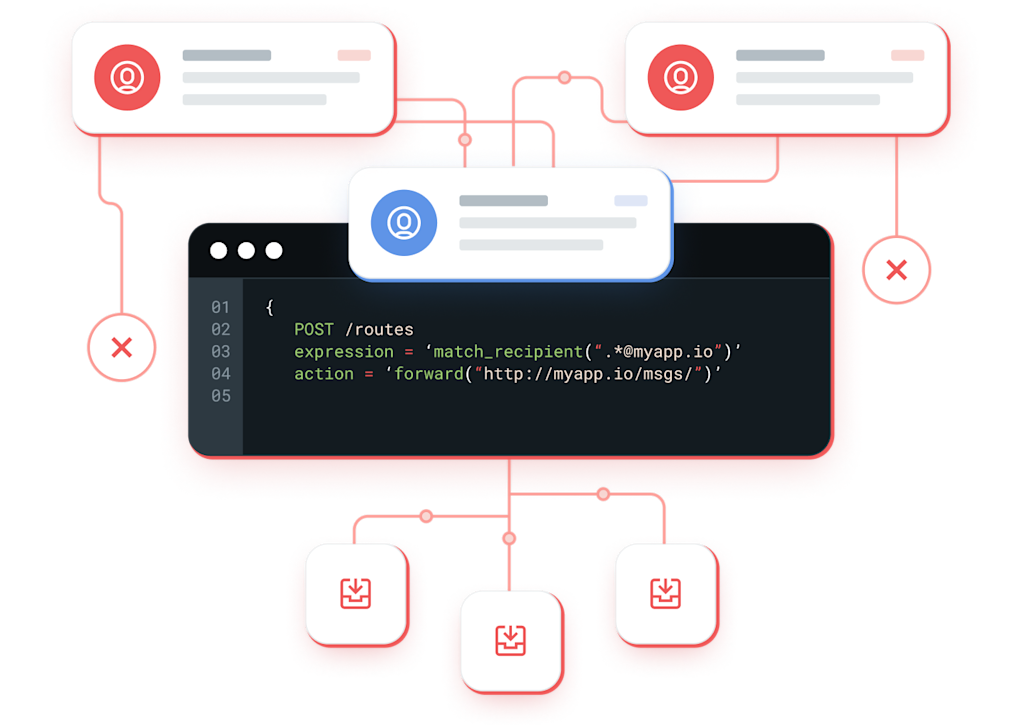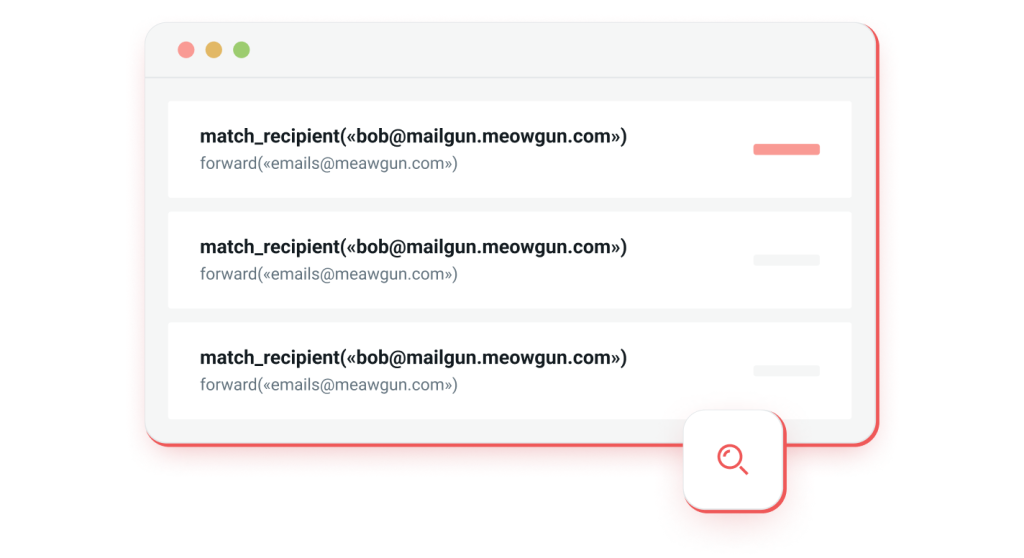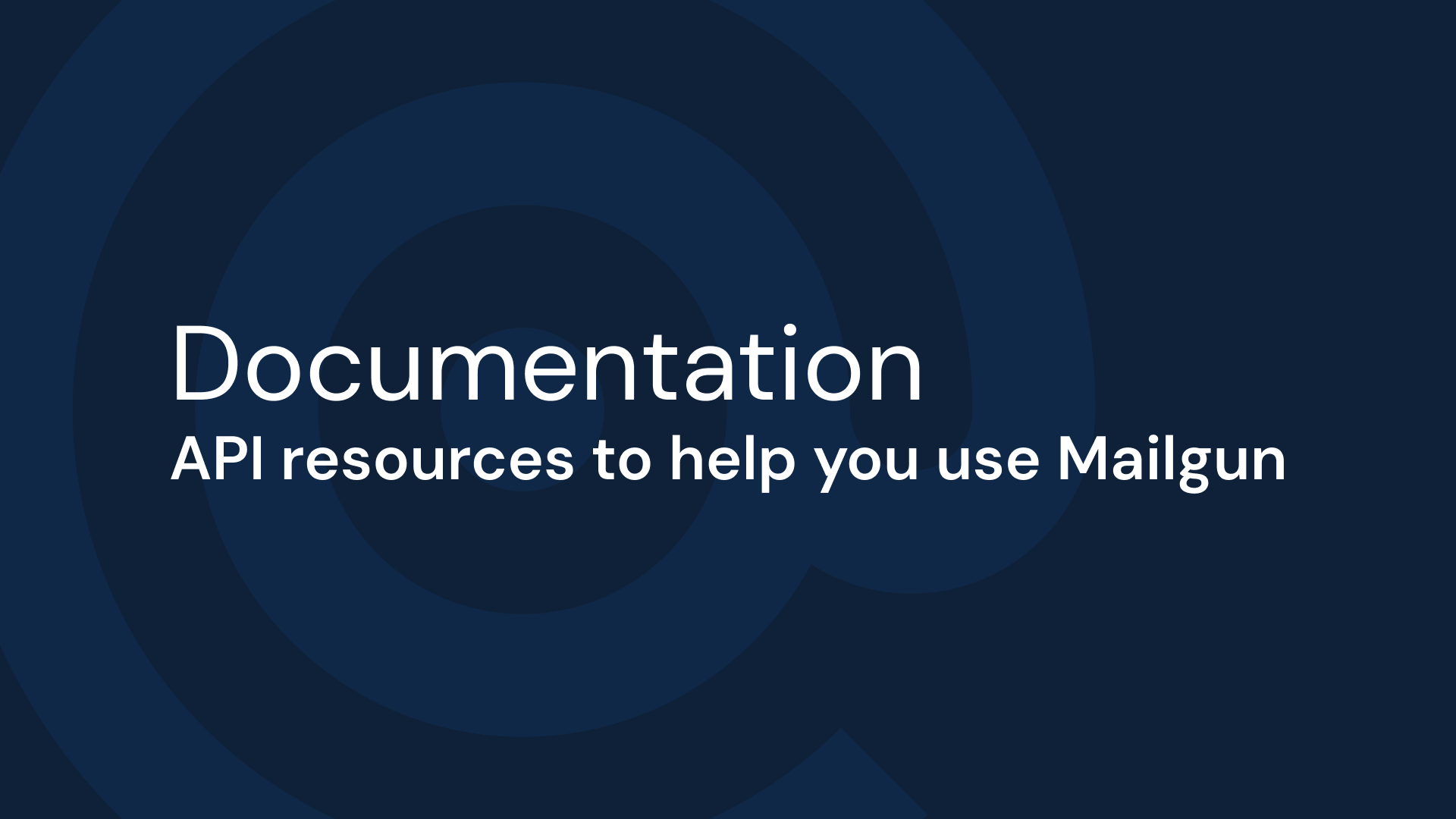
Automate email parsing
Operating any business means responding to lots of incoming emails. Customers send orders and inquiries about orders; users submit and reply to support tickets; and subscribers join email lists and ask to be removed from email lists. Responding to every email individually and routing it to the appropriate place takes valuable time. Without an email parser, you have to scan a message, identify the important data, manually transcode it, and key it into business applications.
This manual process of responding to incoming messages takes too long and introduces errors. Using an email parser that is able to extract data from HTML emails enables you to automate processing, making business processes faster and more reliable.
How email parser software works
Rule-based email parsers use regular expressions to understand the contents of email data. By scanning the email headers, email body, and email attachments, an email parser can use parsing rules to identify key parts of the message. They ignore quoted messages and other irrelevant message content and select only the important data. Then they pull out and store the extracted data in Google documents, a Microsoft Excel spreadsheet, or SQL server or other databases. There’s no need for manual data entry, and the parsed email data can flow directly into workflow automation software.
Parsed Email Data Includes:
Sender name and email address
Recipient email address (To, CC, BCC)
Subject line
Email body (plain text and/or HTML)
Date and time received
Attachments (file names and content)
Headers (e.g., Message-ID, Reply-To, X-Mailer)
Embedded links or URLs
Signature block or contact details
Structured data like order numbers, tracking IDs, or ticket numbers


Use cases for email parsing
Using email parsing software can support frequent use cases like adding leads to your crm software or entering order information into your database. Companies often need inbound routes to forward help requests to your customer support team or send new email in response to common user requests.
Email parsing software powers that automation, allowing businesses to reduce the valuable time spent handling incoming emails and eliminate the manual work and errors involved in processing messages. Ultimately, this can have a huge impact on customer satisfaction by speeding your response to email messages.
Get started with inbound routing
Mailgun’s Inbound Processing delivers inbound messages to you already parsed and structured as JSON, ready for you to use that valuable content and automate responses. Getting started takes just a few steps:
Sign up with Mailgun.
Add your domain.
Create an incoming mailbox via our Routes feature (available starting on the Foundation plan).
Add a route from the incoming mailbox to a callback URL. This is where you have your script to process the parsed email.

Automate email parsing with inbound processing
With inbound message processing from Mailgun, the hard part of this process—the parsing—is done for you. You just have to take the parsed content and plug it into your app.
Whether you want to integrate with Salesforce or other business applications, webhooks make it easy to set up data flows that eliminate the need for manually handling emails. Using the email parser software streamlines your repetitive tasks so you can focus on the unusual cases that truly need individual, special attention
Check out our plans to bundle together features for better deliverability. For businesses that send over 100,000 emails.
FAQ
Frequently asked questions (FAQs)
What is the difference between an email parser and inbound email routing?
An email parser extracts structured data from incoming emails, while inbound email routing directs those emails to the appropriate application or endpoint. With Mailgun, inbound routing works alongside parsing—emails are routed to a callback URL and parsed into structured JSON automatically.
Can I use Mailgun to parse attachments from incoming emails?
Yes. Mailgun’s inbound processing can extract data from email attachments, including PDFs and spreadsheets. The parsed attachments are included in the JSON payload sent to your application via webhooks, allowing for further automation.
How do I integrate email parsing with my CRM or ticketing system?
You can use Mailgun’s email parser to extract lead or support data and send it directly to your CRM or help desk software via webhook. Parsed content arrives in structured JSON, making it easy to integrate with platforms like Salesforce, Zendesk, or HubSpot.
Does Mailgun offer webhook support for incoming email data?
Yes. Mailgun’s inbound routing lets you forward parsed email content to a webhook URL. This allows real-time automation by delivering structured JSON data to your application or service endpoint for immediate processing.
Is Mailgun’s email parsing software suitable for high email volumes?
Mailgun is built to handle large-scale email operations, including parsing high volumes of inbound messages. It’s ideal for businesses processing over 100,000 emails, ensuring reliability, speed, and scalability.
How can email parsing improve customer support efficiency?
Email parsing automates the extraction of customer information from support messages, allowing for faster routing and response. By eliminating manual review, teams can respond more quickly and accurately, improving customer satisfaction and reducing resolution times.
Can I automate email responses using Mailgun’s email parsing features?
Yes. Once emails are parsed and structured using Mailgun’s inbound processing, you can build automated workflows that trigger personalized responses. This streamlines communication and handles routine inquiries without manual intervention.



